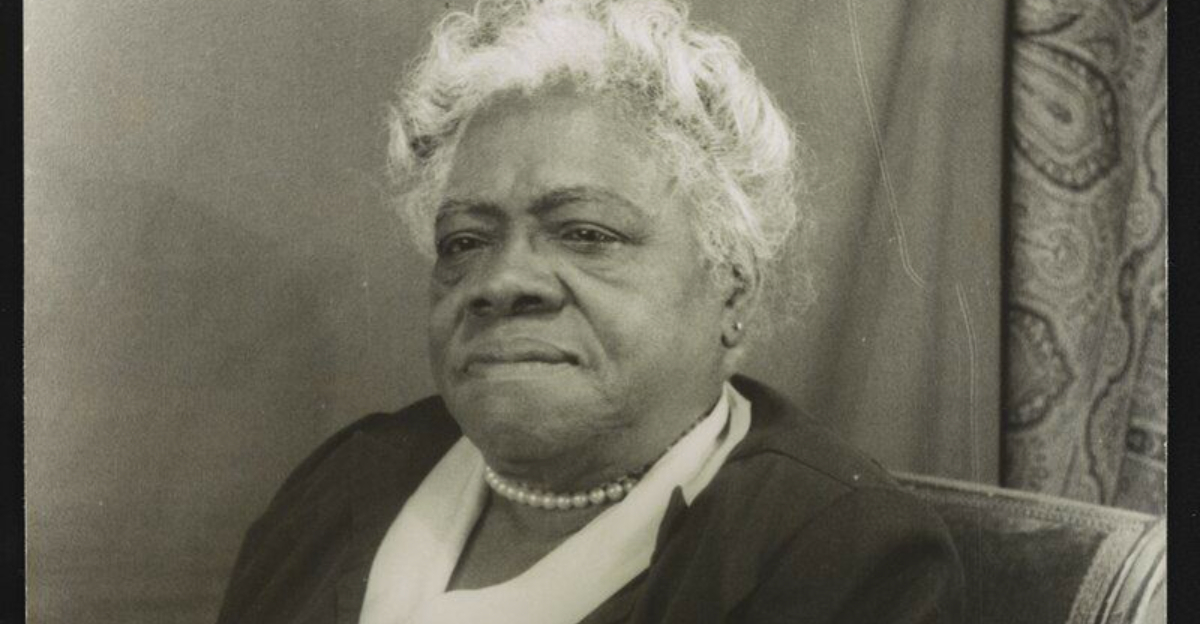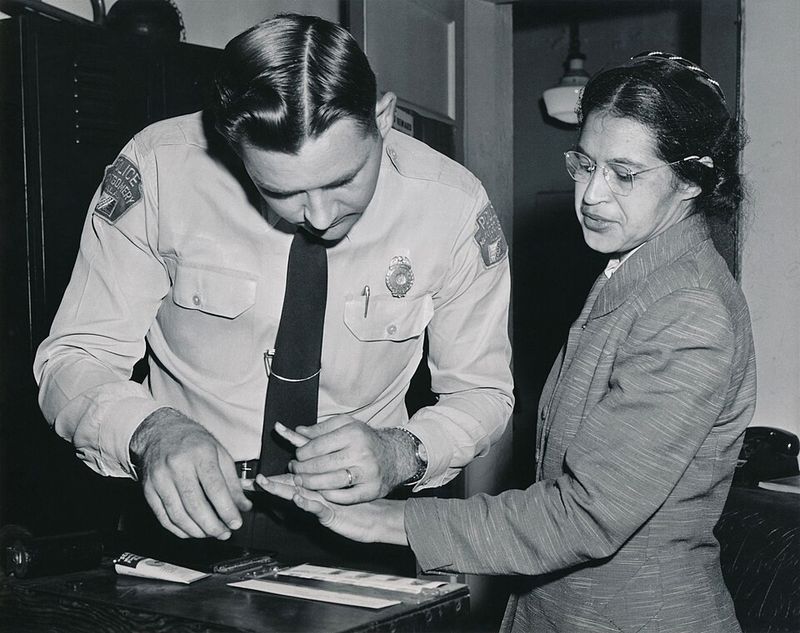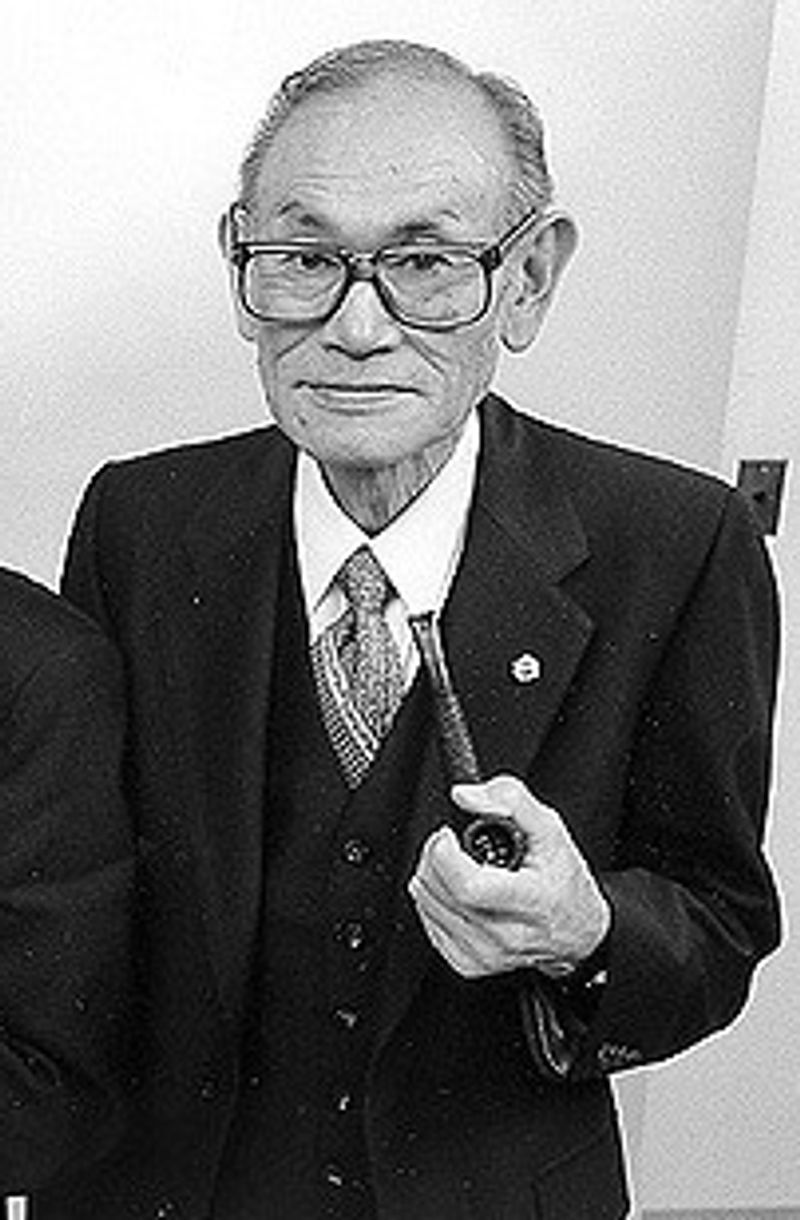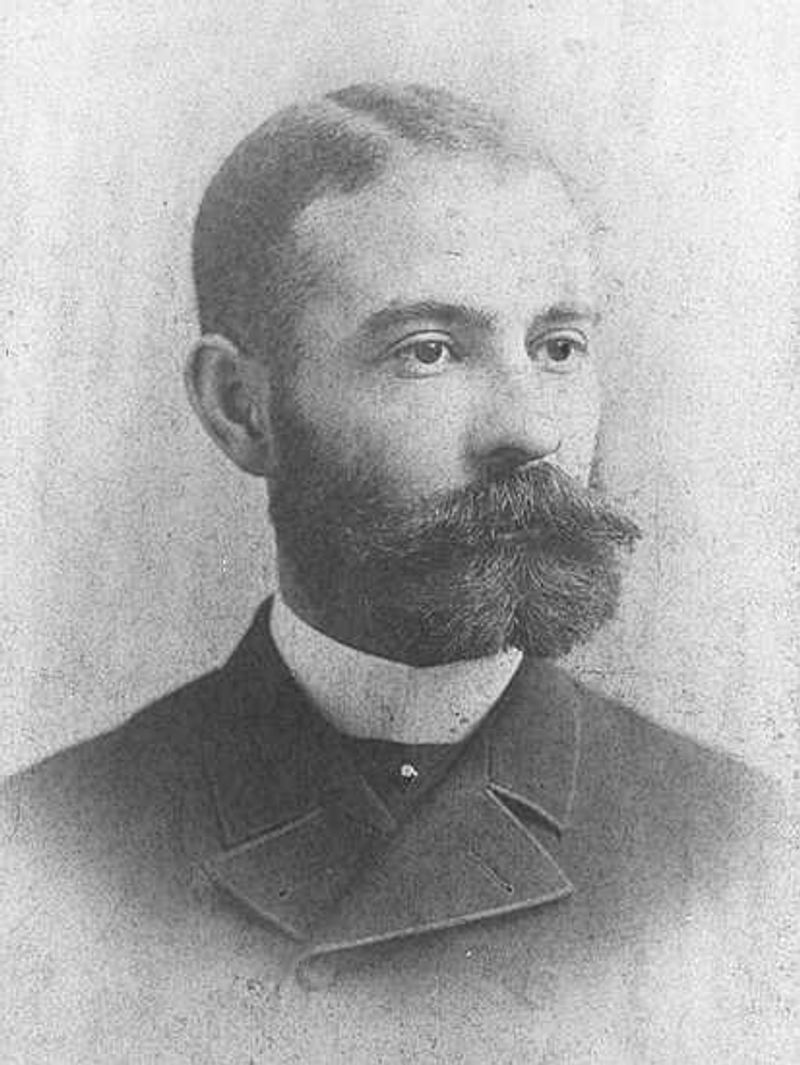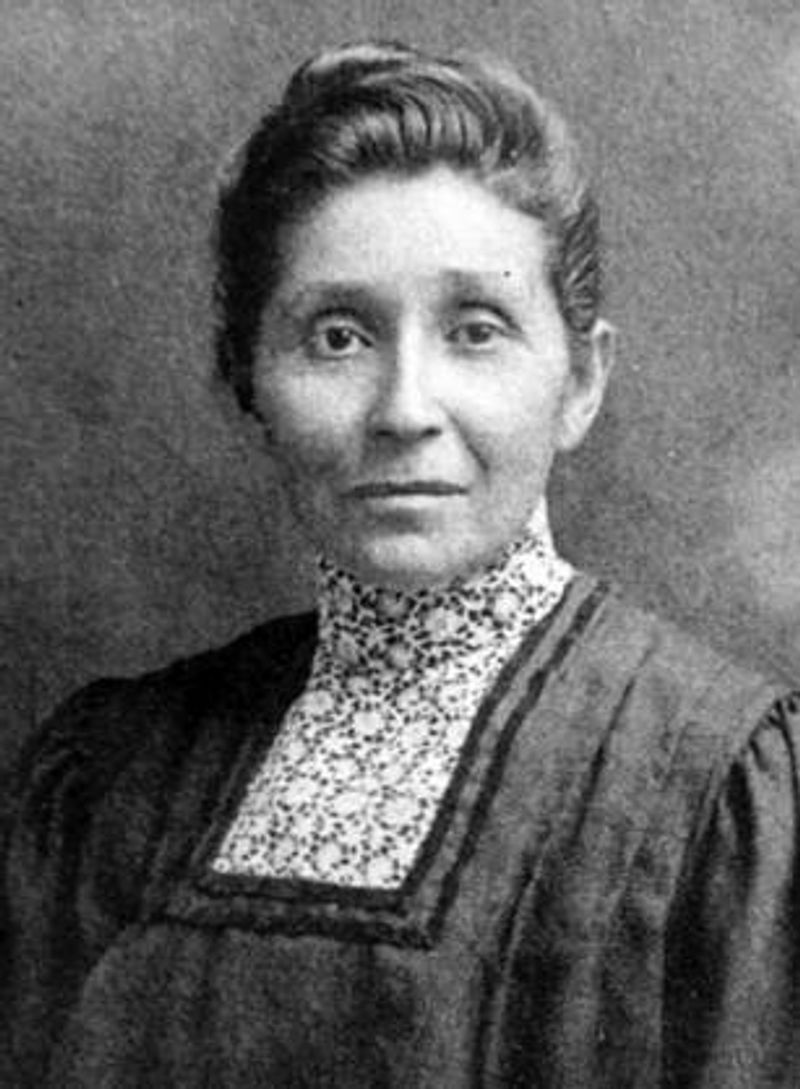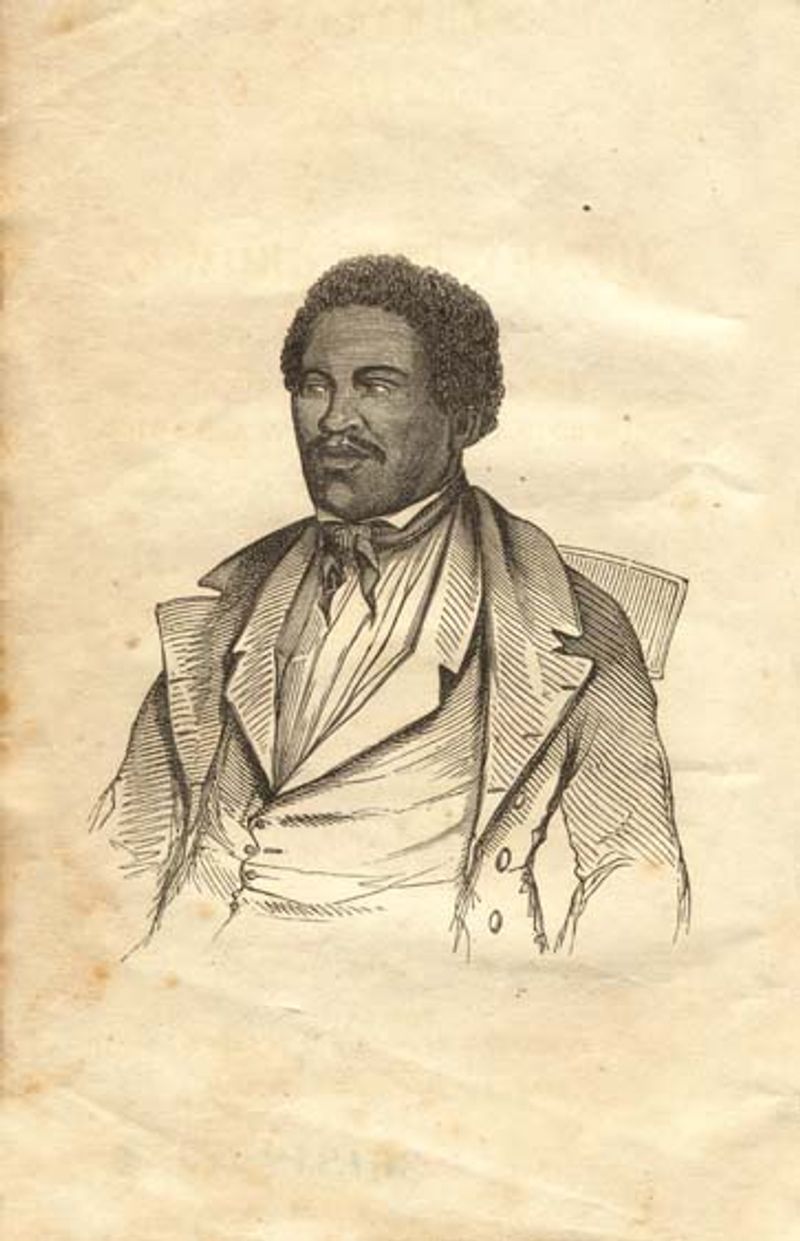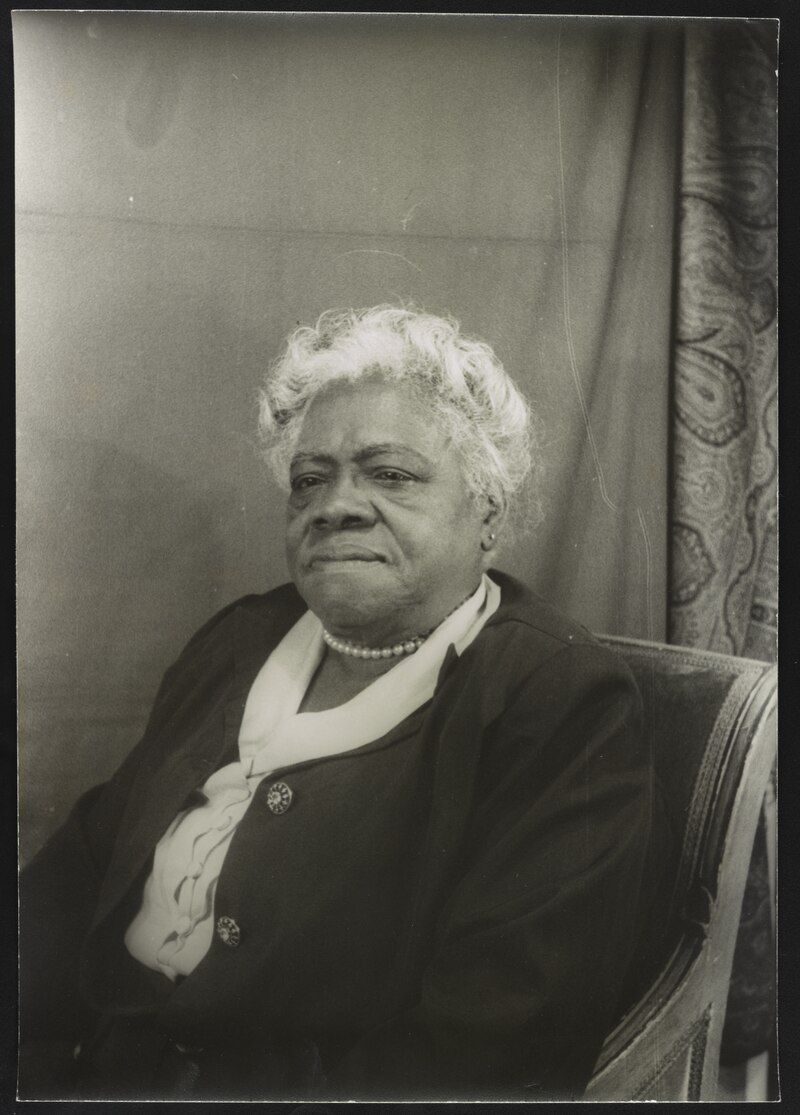History often moves because one determined person refuses to accept the world as it is. These ordinary Americans started with modest means, yet their choices shifted the nation’s conscience and direction. From quiet acts of defiance to groundbreaking discoveries, their stories reveal how courage multiplies across generations. Read on to see how everyday lives became extraordinary legacies you can still feel today.
1. Rosa Parks
Rosa Parks, a Montgomery seamstress, sat down for fairness and stood up for history. Her refusal to surrender a bus seat galvanized a citywide boycott that lasted 381 days, reshaping civil rights strategy. She endured threats, job loss, and relentless pressure, yet remained steady and dignified. Parks inspired a movement rooted in nonviolent resistance, legal challenges, and collective action. Her quiet strength amplified the voices of countless others who demanded equal treatment. The Montgomery Bus Boycott propelled Dr. Martin Luther King Jr. to national leadership. Parks’s resolve showed that ordinary choices can spark extraordinary change for generations.
2. Clara Barton
Clara Barton began as a shy schoolteacher and became the nation’s Angel of the Battlefield. During the Civil War, she braved gunfire to deliver supplies, comfort the wounded, and identify missing soldiers. Afterward, she championed humanitarian relief, founding the American Red Cross to respond to disasters at home and abroad. Barton’s tenacity built systems for rapid aid that endure today. She navigated politics, skepticism, and limited resources with fearless organization. Her work professionalized emergency response while centering compassion. By bringing order to chaos, Barton made mercy operational and scalable across crises.
3. Sojourner Truth
Sojourner Truth transformed personal trauma into advocacy for freedom and equality. Born into slavery in New York, she escaped with her infant daughter and later sued to recover her son, winning against a white man. A gifted orator, Truth traveled widely, denouncing slavery and championing women’s rights with unflinching clarity. Her speech popularly known as “Ain’t I a Woman?” challenged intersecting injustices. She combined spiritual conviction with legal savvy and grassroots organizing. Truth’s life proved that moral authority can dismantle lies and inspire reform. She remains a beacon for intersectional justice and human dignity.
4. Fred Korematsu
Fred Korematsu refused to accept injustice disguised as security. During World War II, he defied Executive Order 9066, challenging the forced removal and incarceration of Japanese Americans. His case reached the Supreme Court, which infamously ruled against him in 1944. Decades later, newly discovered evidence exposed government misconduct, leading to the vacating of his conviction. Korematsu became a civil liberties icon, reminding the nation to resist fear-based policies. He advocated vigilance and legal accountability throughout his life. His legacy underscores that constitutional rights require brave individuals to contest government overreach.
5. Ida B. Wells
Ida B. Wells wielded a pen sharper than any sword against racial terror. As a fearless journalist, she meticulously documented lynchings, exposing lies used to justify mob violence. Her investigative methods set standards for data-driven reporting and advocacy. She co-founded civil rights organizations and campaigned for women’s suffrage, insisting Black women’s voices be central. Threatened and exiled, she continued publishing and organizing. Wells’s pamphlets and lectures jolted international audiences, pressuring lawmakers and opinion leaders. Her legacy affirms that truth, courage, and evidence can puncture oppression’s veil and mobilize reform.
6. Daniel Hale Williams
Daniel Hale Williams combined surgical brilliance with social vision. In 1893, he performed one of the first successful open-heart surgeries, operating without modern anesthetics or antibiotics. Recognizing systemic barriers, he founded Provident Hospital in Chicago, the first interracial hospital with a nursing school for Black students. Williams emphasized sterile technique and rigorous training, elevating standards nationwide. He mentored generations of physicians who expanded access to quality care. His achievements proved excellence thrives when doors are opened. Williams left both a medical milestone and an institution dedicated to fairness.
7. Susan La Flesche Picotte
Susan La Flesche Picotte broke barriers to heal her community. As the first Native American woman physician in the United States, she graduated at the top of her class in 1889. Serving the Omaha Reservation, she traveled miles by horse and buggy to treat patients and advocate public health. She fought alcoholism and poor sanitation with education and policy. Picotte founded a hospital, blending Western medicine with cultural respect. Her compassionate care challenged prejudice and institutional neglect. She modeled how culturally informed healthcare can restore trust and save lives.
8. George Washington Carver
George Washington Carver transformed Southern agriculture with creativity grounded in science. Born into slavery, he pursued education relentlessly, becoming a renowned researcher at Tuskegee Institute. Carver promoted crop rotation to restore depleted soils, encouraging peanuts, sweet potatoes, and legumes. He developed practical products, bulletins, and demonstrations for farmers with limited resources. His approach blended chemistry, ecology, and empathy for rural communities. Carver’s work diversified livelihoods and improved nutrition, helping break cycles of poverty. He proved that innovation blooms where curiosity meets service.
9. Henry “Box” Brown
Henry “Box” Brown turned a desperate idea into a daring escape. Enslaved in Virginia, he arranged to ship himself in a wooden crate to abolitionists in Philadelphia. After a harrowing journey of cramped darkness, he emerged singing a psalm, a living testament to ingenuity and courage. Brown became an antislavery speaker and performer, sharing his story to rally support. His act exposed the cruelty of slavery’s constraints while celebrating human will. Despite dangers, he insisted on defining his own destiny. Brown’s audacity still inspires creative resistance to oppression.
10. Mary McLeod Bethune
Mary McLeod Bethune built an educational empire from a single crate and faith. She founded a school for Black girls in Daytona, which grew into Bethune-Cookman University. Tireless fundraising and coalition-building made her a national leader. She advised presidents, organized the National Council of Negro Women, and championed voter registration. Bethune believed literacy, dignity, and civic participation unlock opportunity. Her “cabinet of purpose” philosophy organized communities toward collective progress. She forged institutions that outlasted her, proving education is power in action.
11. Nellie Bly
Nellie Bly reinvented journalism with fearless immersion. She feigned insanity to enter Blackwell’s Island Asylum, exposing abuse and neglect in a groundbreaking series. Her reporting led to reforms and set a template for undercover investigative work. Bly later raced around the world in record time, proving women could headline daring assignments. She wrote crisply, pursued facts relentlessly, and centered human suffering. Bly showed that journalism can be both dramatic and rigorously verified. Her audacity reshaped public expectations of the press.
12. John Muir
John Muir taught America to see wilderness as a sacred trust. A migrant millworker turned naturalist, he trekked the Sierra Nevada and wrote evocative essays that stirred public imagination. Muir’s advocacy helped create Yosemite National Park and shaped the conservation movement. He co-founded the Sierra Club to mobilize citizen action. Though imperfect, his vision reframed nature as essential to national identity and human health. He blended science, spirituality, and activism into persuasive prose. His legacy endures in trails, parks, and environmental laws.
13. Rachel Carson
Rachel Carson transformed concern into global environmental awakening. A marine biologist and lyrical writer, she scrutinized pesticide misuse and ecological harm. Silent Spring documented cascading impacts across food webs, challenging powerful industries and complacent regulators. Despite smears, Carson’s careful evidence prompted congressional hearings and policy shifts. Her work helped catalyze the EPA and modern environmental law. Carson insisted that public health and nature are inseparable. She gave citizens the language and science to demand precaution and stewardship.
14. Dorothea Dix
Dorothea Dix exposed hidden suffering and built humane systems of care. Visiting jails and almshouses, she documented abuse of people with mental illness, then lobbied legislatures with relentless detail. Dix persuaded states to establish specialized hospitals, shifting treatment from punishment to compassion. During the Civil War, she organized nurses and supplies with disciplined resolve. Her reform campaigns professionalized mental health care and expanded public responsibility. Though imperfect by today’s standards, her efforts reduced cruelty and neglect. Dix proved persistent advocacy can rewire institutions for mercy.
